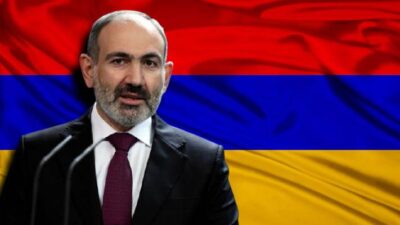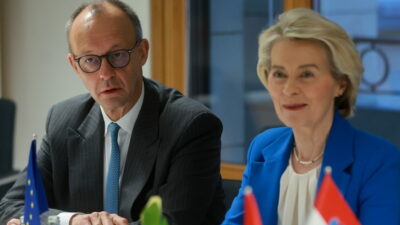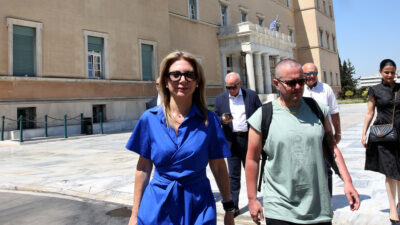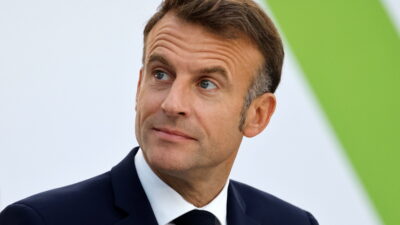Antonis Foskolos: There are deposits in the delineated 255,000 km2 of the Greek sea
06/09/2020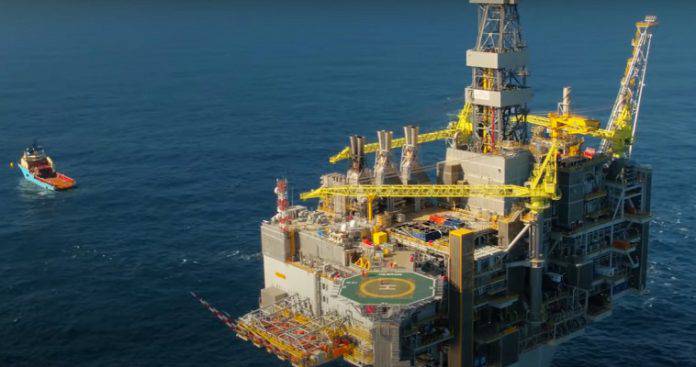
The de jure EEZ delimitation agreements with Italy and Egypt (partial) and the de facto demarcation with Libya give Greece a sea area of 255,000 km2, in which surveys can be carried out for exploitation, mainly, of hydrocarbons (figure 1). The demarcation agreements also concern fisheries, but the dispute with Turkey obviously does not concern red mullets!
The companies Total, ExxonMobil, Repsol, ELPE, and Energean, which have made offers for the offshore plots and pay annual rent (royalties), are obviously “seeing” deposits. You do not need to drill to see if there are any hydrocarbons, just as you do not need surgery to see if someone has cancer! First, there is diagnosis and then surgery.
In the case of hydrocarbon detection, we first make a diagnosis based on paleogeography, then the two-dimensional geophysical surveys follow and if all the data are positive, then the three-dimensional geophysical surveys follow. This is what Total will start doing, in about a month, west and southwest of Crete. Scientists will say whether or not there are deposits.
In Figure 2 we see the targets, while with the expansion of the territorial waters in the Ionian to 12 miles, the hydrocarbon deposits that exist around the Diapontia islands become exploitable. This is block 1 put out to tender by then Minister Maniatis, for which Greek company ELPE made an offer and which, for unknown reasons, was not accepted by the then leadership of the Ministry of Energy.
Repeating the bidding process
The current minister, who is busy promoting, through subsidies, electric cars and bicycles, will repeat the competition for block 1. Deposits there, based on the publication of Professor Zelilidis in 2003 in the prestigious scientific journal Canadian Petroleum Geology, amount to an equivalent of1.5 billion barrels.
With an average price of $ 50 a barrel, the value is 750 billion, of which 20% goes to the public sector, while 5,000 positions are created in the primary sector and 15,000 positions in the secondary sector. The targets in Figure 2, aside from the unexpected, will be exploited by Total under the program outlined by Research and Exploitation Director Bernard Clement to Anna Sdoukou last month.
The 3D geophysical surveys begin in the fall and will end in March 2021. The plan is to start exploratory drilling in late 2021 and early 2022 on the 14 targets. If it were not for the French company and the interest of the Latsis group, I doubt if drilling would have started. At the same time, Spanish firm Repsol will start drilling in Ioannina and the Ionian. We need investments!
The mistakes of Greek governments
The partial demarcation agreement with Egypt was imposed due to mistakes made in the region by the governments of Costas Karamanlis and George Papandreou and the current minister Costis Hatzidakis. In 2003, the Norwegian company TGS-NOPEC conducted illegal surveys in the area (which is now a border between Greece and Egypt) and discovered targets that may have deposits.
From 2005 to 2009 the company’s director of research tried to get in touch with the Ministers of Energy (and Costis Hatzidakis), but everyone refuses! Undersecretary George Salagoudis, a chemist, realized the importance of research and created the first EDEY (Hellenic Hydrocarbon Management Company) with Professor Zelilidis as president.
In one night, Salagoudis was “exiled”. This showed the intentions of the New Democracy government at that time. It was a continuation of the Simitis policy that closed DEP-EKY as soon as the hydrocarbon deposits were discovered in the Ionian in 1995. At that time, the Karamanlis government was flirting with the construction of the Russian Burgaz-Alexandroupolis pipeline.
Stoltenberg’s recommendation to Papandreou
In January 2011 a congress of socialist parties was held in Oslo. The host was Jens Stoltenberg, who took aside the then Prime Minister George Papandreou and advised Greece to exploit the deposits that exist south of Crete, to service the public debt. The then prime minister had replied that he knew that deposits only existed in the Ionian.
Stoltenberg’s response was that based on geophysical surveys conducted by Norwegian companies, there are many deposits south of Crete. The discussion came to the attention of Deputy Minister of Energy Maniatis, who sent Antonis Angelopoulos (president of Greek geologists) and Giannis Grigoriou (director of research and exploitation of ELPE) to Stavanger at the headquarters of Norwegian geophysical companies.
A week later, the deputy minister traveled to Stavanger. Six months later, in June 2010, a tender was launched for geophysical research in an area of 220,000 square meters. km. Geophysical surveys could then be extended south-southwest of Rhodes because the Turks at that time did not claim those sea areas. Unfortunately, they were not expanded.
On December 21-22, 2013, Russian Gazprom together with Israeli Delek bid for the exploitation of natural gas deposits in the area south of Rhodes, for which Turkey is currently issuing Navtex. The Greek government did not grant permission. The reason is unknown. At the same time, Israeli company Ratio, in cooperation with Energean, was seeking permission to exploit abiotic gas fields (methane produced by volcanic activity) in the Thermaic Gulf. Again there was a denial.
We are paying for decades of mistakes
In the summer of 2019, the then president of EDEY, Giannis Basias, suggested to the Minister of Energy Hatzidakis that a tender should be announced for the development of the targets/deposits south of the prefectures of Rethymno, Heraklion, and Lassithi (figure 2), with a total area of 34,000 square km. Again denial. The delay led to the Turkish-Libyan pact with the result that Turkey is now claiming sea areas south of Lassithi (figure 2).
Today, with the signing of the partial demarcation agreement of the EEZ with Egypt, although we lost part of the deposits located in the basin of Herodotus, we gained another 33,000 square meters. km within which there must be many targets with gas reserves. This is shown by the paleogeography (picture 3) and the works of the former president of EDEY Basias (picture 4). Neither Stoltenberg, who insisted on deposits in the area, nor Gazprom and Delek, who wanted to drill there, were crazy.
Of course, there are also the TGS-NOPEC geophysics data that Basias managed to get from the Norwegians. These data are available at EDEY, as well as the data of the French geophysical company CGG-Veritas concerning the area southwest of Crete. Both the Ministry of Energy and EDEY are given the opportunity to attract foreign companies for the plots in the south of Crete, on the other hand, to carry out geophysical surveys in an area of 33,000 sq. km. located south of Rhodes and Karpathos.
Decades of mistakes by politicians are paid for by the Greek people. We let Turkey throw us on the frying pan. Now we are starting to correct the mistakes, with the partial demarcations and the partial extension of the territorial waters and we still complain. Let’s utilize the deposits we already have in the 255,000 square km so we can catch a breath. We need investments, job creations, and revenues for the Greek State.





